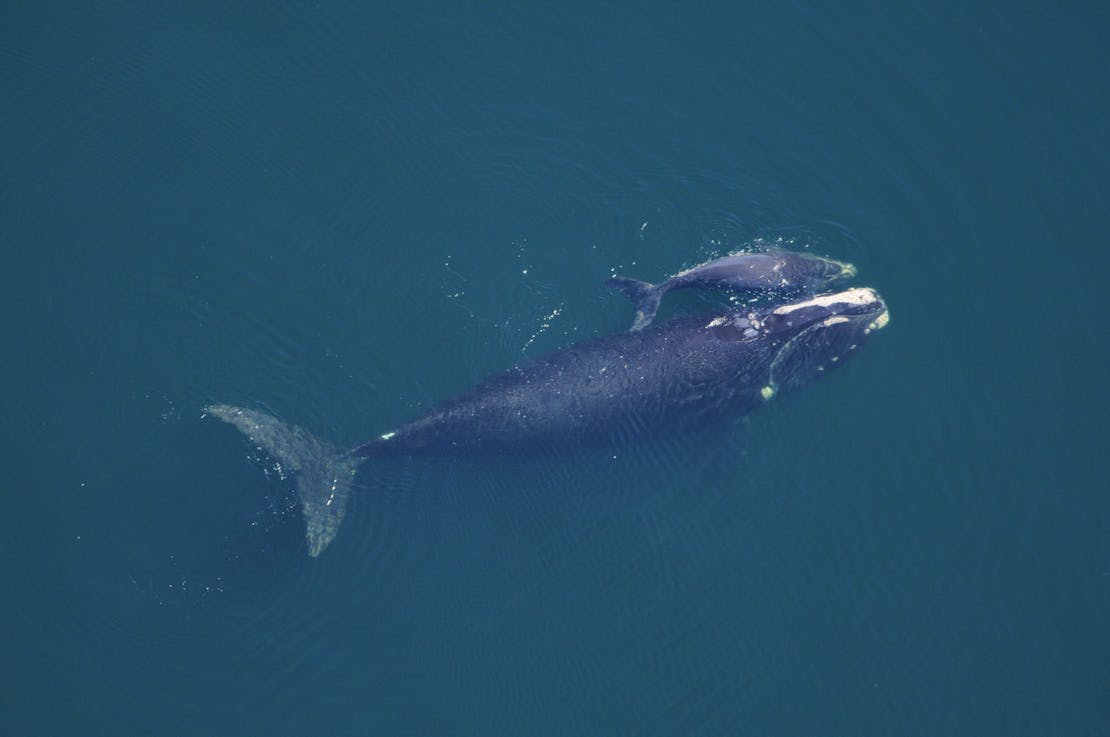While President Biden’s legislative agenda—the Build Back Better Act and the infrastructure bill—has dominated the news, Congress has been more quietly advancing annual spending legislation with major implications for wildlife. Enactment this winter of the annual appropriations bill would make much-needed investments to address the global biodiversity crisis following years of insufficient funding.
Relief can’t come soon enough. In North America alone, close to three billion birds have disappeared since 1970. Just this year, 23 species were declared extinct.
Despite these alarming trends, federal funding for wildlife has stagnated—or even declined. Congress has appropriated only a small portion of the over $1.5 billion per year needed for the recovery of species listed under the Endangered Species Act (ESA). Lawmakers must rapidly and dramatically increase investments to avert more extinctions.
Much is at stake as the federal funding deadline approaches. Should Congress fail to renew investments, the result could be a potentially year-long extension of the current inadequate funding levels enacted initially under the Trump administration.
Sage-Grouse Rider
Both House and Senate Interior and Environment bills would remove a damaging provision—or rider—that has barred the imperiled greater sage-grouse from protection under the ESA each year since 2014. Removing the sage-grouse rider would allow the U.S. Fish and Wildlife Service (FWS) to decide whether the bird needs protection based solely on the best available science as required by the ESA. Enactment this year of a bill without the rider would be a major step toward recovering the grouse and conserving its Sagebrush Sea habitat, which supports more than 350 other declining species.
The rider has proved disastrous for the bird. The U.S. Geological Survey reported in April that sage-grouse populations have declined 80 percent since 1965 and nearly 40 percent since 2002.
Endangered Species Act
ESA is our most effective tool for preventing extinction. The House and Senate bills would significantly increase the main FWS endangered species program by $45 million and $48 million, respectively. The following describes how it would be used:
- The Senate bill provides a $4.5 million increase for listing new species under the ESA, which will help to address the backlog of 430 species in need of review for protection, such as the monarch butterfly whose populations have declined 85 percent in the east and 99.9 percent in the west over the last two decades.
- The Senate bill provides a $13 million increase for the recovery of listed species. Of the more than 1,600 listed U.S. species, more than 1200—such as the northern long-eared bat—have no recovery plans or have plans that are at least a decade old and may no longer contain current scientific information. Hundreds of listed species receive less than $1,000 per year for recovery and many receive no FWS funding at all.
- Both bills provide a $16.3 million increase for planning and consultation. FWS conducts ESA consultations on more than 10,000 federal actions each year to advance projects while minimizing harm to listed species. Pesticide consultations are particularly technical and essential to protecting species.
National Wildlife Refuges
The National Wildlife Refuge System is the only network of federal lands and waters dedicated to wildlife conservation and is essential to protecting biodiversity, migratory birds and at least 513 threatened and endangered species. Despite their importance, refuges have been starved of funding and have lost 25 percent of staff since FY 2010. The system was funded at just $503.9 million in FY 2021, $100 million short of inflation-adjusted FY 2010 funding levels. Each bill provides a long overdue and critically needed increase for operations and maintenance; the House bill would provide the most with $78 million over current levels.
Multiple-Use Lands
Thousands of at-risk species live on habitat managed by the U.S. Forest Service (USFS) and Bureau of Land Management (BLM), comprising 20 percent of the nation’s lands. These agencies facilitate recovery for imperiled species like the black-footed ferret, northern spotted owl and desert tortoise.
The House and Senate bills would increase funding for key wildlife programs at USFS and BLM by well over $100 million, a combined increase of more than 60 percent.
- Imperiled species recovery programs would expand under both bills, increasing BLM’s budget by $9 million and USFS’by $8 million. Crucially, the Senate bill would also reestablish dedicated funding for USFS’Threatened and Endangered Species program for the first time in two decades.
- BLM’s Plant Conservation and Restoration program would benefit from significant increases. This program supplies native, locally adapted seed for restoration projects across the country, which is critical to restore resiliency to ecosystems following wildfires, oil and gas projects, and other disturbances.
- Both bills would reestablish funding for the Legacy Roads and Trails program at the USFS for the first time since 2018. The $8 million and $40 million provided in the House and Senate bills would reconnect wildlife habitat across the country’s national forests. In the decade before it was last funded in 2018, the program improved over 1,000 stream crossings for fish passage and reclaimed 7,000 miles of unneeded road.
- Further increases for research and development and land management planning would provide resources to advance scientific understanding of healthy ecosystems and revise land management blueprints accordingly.
Border Wall
Former President Trump spent billions of dollars—mostly diverted from the Department of Defense—to build hundreds of miles of new wall along the Southwest border. The damage that has been—and will be—done to the people, communities, land and wildlife along the border is incalculable. The wall has desecrated land sacred to Native American tribes and is bisecting some of the most sensitive and biodiverse habitats in the U.S., including many of our nation’s most prized national wildlife refuges, forests, parks and wilderness areas. More than 2,700 scientists from 43 countries declared the wall a disaster for biodiversity in a peer-reviewed article. Defenders of Wildlife and a diverse coalition of groups have called on Congress and the administration to initiate and fund a process to remove the wall and remediate harms in consultation with stakeholders.
- House and Senate bills would rescind remaining funding for the border wall.
- Both bills also include statutory language to transfer DHS funding to the land management agencies to begin mitigation for damage by the wall as well as strong language directing a multi-agency working group in coordination with the Department of the Interior to develop a plan for remediation of damage from the wall, including potential decommissioning of wall segments.
Right Whales
Critically endangered North Atlantic right whales now number just 336 individuals, a population decline of 8 percent since 2019. This alarming new estimate elevates the urgency with which Congress must act to save the species from extinction. House and Senate bills would increase funding for right whales by $10 and $14 million, respectively. Additionally, each bill provides funding increases for a pilot program to test innovative fishing gear to reduce entanglements, the leading cause of right whale mortality.
It’s Now or Never
We face a biodiversity crisis of epic proportions, and we desperately need more resources. Up to one million species are threatened with extinction now or in the coming decades, but we have clearly not yet met the moment.
Enacting this funding will not fix the problem, but it will help significantly. Failure to quickly invest in wildlife conservation could easily mean the difference between survival and extinction for some species.
From the Blog
















Follow Defenders of Wildlife
facebook bluesky twitter instagram youtube tiktok threads linkedin